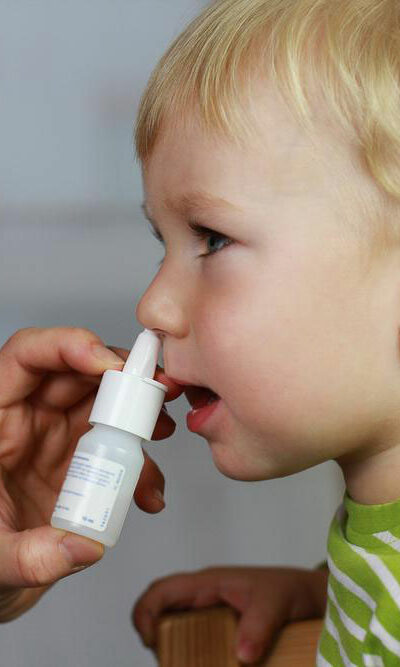
Important Lifestyle Changes to Reduce Fibromyalgia Pain
A fibromyalgia disability is a type of illness that makes your life hard to live as you may not be able to do your daily tasks with much efficiency. You may even find it difficult to get up from your bed in the morning, in addition to making it physically challenging for you to work at the office. Fibromyalgia is a condition that causes extensive pain in your whole body and causes an adverse impact on your brain. You may feel instant changes in your mood and sudden restlessness. As per scientific terms, it is a chronic pain disorder which is also termed as the fibromyositis, muscular rheumatism, fibrositis, or FM. Millions of people in the country have been suffering from this condition. It is also believed to be caused by the oversensitivity to the pain signals reaching your brain. Measures of Easing Pain of a Fibromyalgia Disability There are a number of medications and non-medication therapies advised by specialists, which may help you to get relief from the pain. However, it has been observed that there is no permanent cure to help you bid goodbye to the issue once and for all. Adapting a few changes in your lifestyle and trying some alternative measures and some other approaches may help you to get relief from the severe symptoms of fibromyalgia and also help in increasing your life quality. These measures are as follows: Daily Physical Exercise Regime Try adding a regular exercising routine to your daily life as it is the most effective measure which offers you relief from the pains of a fibromyalgia disability. It is advised to add any aerobic exercise for battling the condition. When you start exercising at first, you may feel more pain, but the regularity in doing so may improve your symptoms and help in making your workout better and comfortable.










